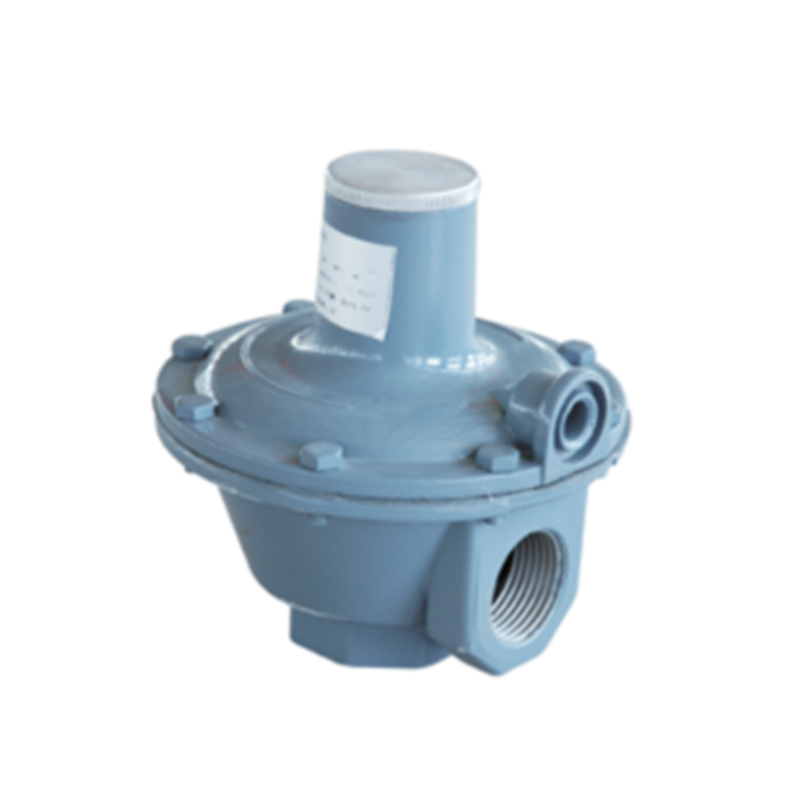
Nov . 07, 2024 21:46
Back to list
Efficiency and Design of Heat Exchangers for Energy Optimization in Industrial Applications
Understanding Heat Exchangers A Key Component in Thermal Management
Heat exchangers are vital devices in various industries, playing a critical role in thermal management and energy efficiency. They facilitate the transfer of heat between two or more fluids without mixing them. The design and operation of heat exchangers are crucial for achieving optimal performance in systems ranging from power plants and HVAC to refrigeration and chemical processing.
What is a Heat Exchanger?
A heat exchanger is a mechanical device that enables the transfer of thermal energy from one fluid to another. The fluids can be gases, liquids, or a combination of both. The primary goal is to transfer heat efficiently while minimizing energy loss and preventing contamination between the fluids. The most common types of heat exchangers include shell-and-tube, plate, air-cooled, and finned-tube exchangers.
Types of Heat Exchangers
1. Shell-and-Tube Heat Exchangers These consist of a series of parallel tubes, one set carrying the hot fluid and the other the cold fluid. The design allows for high efficiency and flexibility, making them suitable for applications like oil refineries and power plants.
2. Plate Heat Exchangers Comprised of multiple thin plates stacked together, plate heat exchangers offer a larger surface area for heat transfer in a compact design. They are often used in food processing and pharmaceutical industries due to their efficiency and ease of cleaning.
.
4. Finned-Tube Heat Exchangers With extended surfaces (fins) attached to the tubes, these exchangers enhance heat transfer efficiency, especially in applications involving air or gas cooling.
مبادل حراري

Applications of Heat Exchangers
Heat exchangers are employed in numerous applications across various sectors
- HVAC Systems In heating, ventilation, and air conditioning systems, heat exchangers maintain indoor comfort by transferring heat between the air and refrigerants. - Power Generation They play a key role in enhancing the efficiency of power plants by recovering waste heat and improving overall thermal efficiency. - Food and Beverage Industry Used for pasteurization and cooling processes to ensure food safety and quality. - Chemical Process Industry Essential for controlling temperature during reactions and in processes where heat recovery is critical.
Advantages of Heat Exchangers
1. Energy Efficiency By facilitating the efficient transfer of heat, heat exchangers significantly reduce energy consumption and operating costs. 2. Environmental Benefits Reducing energy consumption lowers greenhouse gas emissions, making heat exchangers an environmentally friendly choice. 3. Enhanced Process Control They help maintain optimal temperatures in various processes, improving product quality and operational reliability.
Challenges in Heat Exchanger Design
While heat exchangers provide numerous benefits, their design and operation are not without challenges. Fouling, or the accumulation of unwanted materials on heat transfer surfaces, can significantly impact performance. Regular maintenance and cleaning are necessary to ensure optimal operation. Additionally, pressure drops across the heat exchanger can affect efficiency, necessitating careful design to balance heat transfer and fluid flow.
Conclusion
Heat exchangers are indispensable in modern thermal management systems, contributing to energy efficiency and enhancing process effectiveness across various industries. As technology advances, innovations in heat exchanger design will continue to emerge, addressing challenges and promoting sustainability. Understanding their functioning and applications is essential for professionals in engineering, manufacturing, and environmental science, ultimately driving efforts towards more efficient and eco-friendly practices in thermal management.
Latest news
-
Safety Valve Spring-Loaded Design Overpressure ProtectionNewsJul.25,2025
-
Precision Voltage Regulator AC5 Accuracy Grade PerformanceNewsJul.25,2025
-
Natural Gas Pressure Regulating Skid Industrial Pipeline ApplicationsNewsJul.25,2025
-
Natural Gas Filter Stainless Steel Mesh Element DesignNewsJul.25,2025
-
Gas Pressure Regulator Valve Direct-Acting Spring-Loaded DesignNewsJul.25,2025
-
Decompression Equipment Multi-Stage Heat Exchange System DesignNewsJul.25,2025

